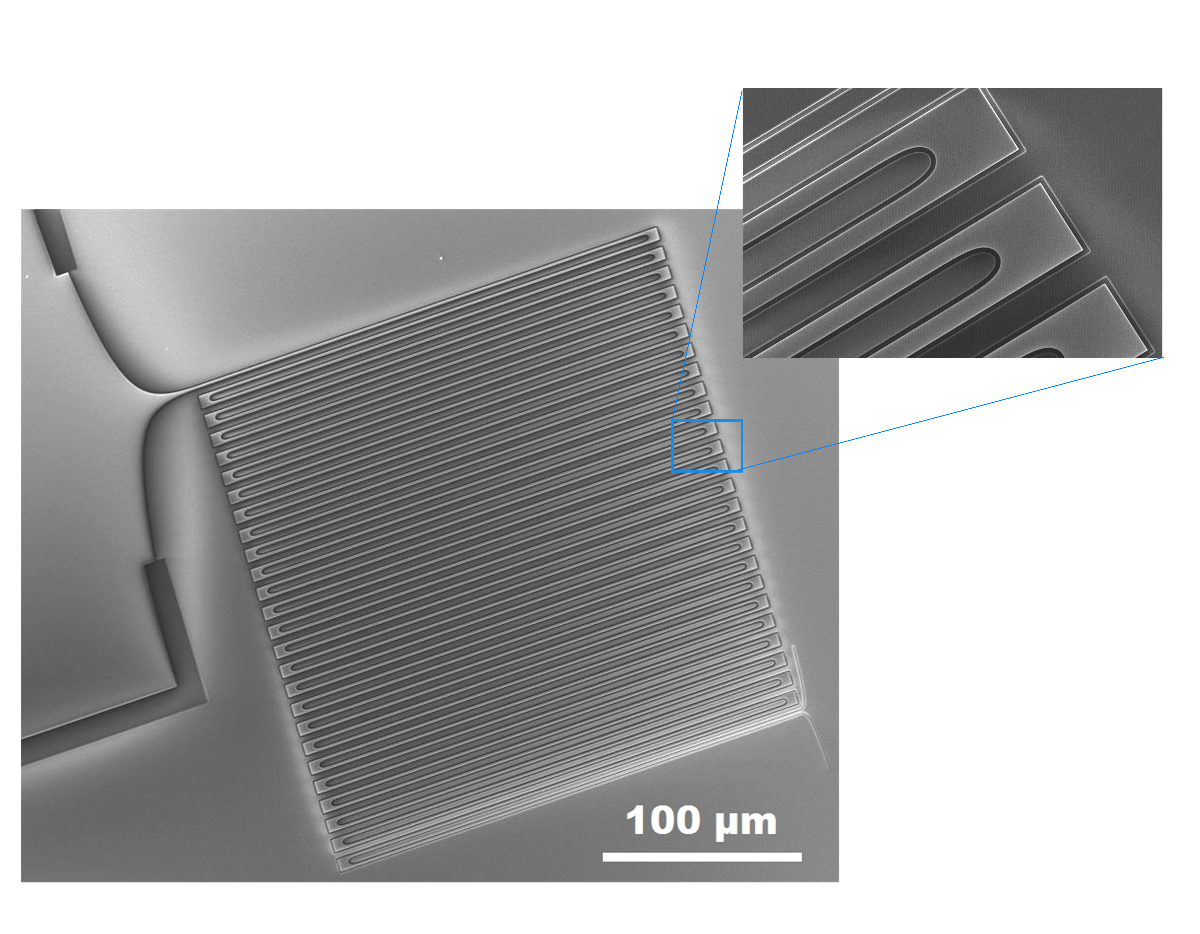Navigation auf uzh.ch
Navigation auf uzh.ch
New publication on single-photon detection in magnesium diboride quantum sensors operating at 20 K by Ilya Charaev and et.al in Nature Communications https://www.nature.com/articles/s41467-024-47353-x

Single-photon detection is an advanced technique in several fields, including quantum computing, telecommunications and medical imaging. Magnesium diboride is a two-band superconducting material, making it an attractive candidate for photon detection. Superconductors can detect single photons through a phenomenon known as the superconducting nanowire single-photon detector (SNSPD). When a photon hits the superconductor, it perturbs the superconducting state, causing a transient and localized increase in resistance. This perturbation is detectable as an electrical signal, indicating the presence of the photon.
Unlike conventional niobium nitride (NbN) detectors, which require cooling to around 4 K and below, MgB₂ can operate efficiently at 20 K. This higher operating temperature reduces the complexity and cost of the cooling system, making the technology more accessible and practical for various applications. Magnesium diboride allows larger detection arrays to be built, increasing the overall sensitivity and efficiency of the system. Larger arrays can cover a larger area, improving detection rates and enabling more complex applications.
Ilya Charaev from Prof. Schilling's group, together with collaborators, has shown that large-scale MgB₂ sensors can effectively detect single photons at 20 K. The experiments conducted indicate that these sensors maintain high efficiency and low dark count rates, essential parameters for reliable photon detection. The ability of the sensors to operate at 20 K without significant performance degradation represents a significant advance over conventional materials.
This work provides a basis for future research to optimize the design of MgB₂ sensors and expand their applications. Further research could focus on improving fabrication techniques, enhancing integration with existing technologies, and exploring other potential superconducting materials for photon detection.
This research into single-photon detection using large-scale high-temperature MgB₂ sensors represents a significant step forward in the field of superconducting photon detectors. Operating at a relatively high temperature of 20 K, these sensors offer practical advantages in terms of cost, stability and performance. As the technology evolves, MgB₂ sensors could play a critical role in the advancement of quantum computing, telecommunications and medical imaging, and will have a transformative impact on these industries.
Reference: https://www.nature.com/articles/s41467-024-47353-x